As the last rays of sunlight surrender to the horizon, a tranquil melancholy settles in, like the soft whisper of memories long past. It is in this fleeting moment, where day succumbs to night, that the lines between what was, what is, and what’s yet to come begin to blur. This liminal space of ‘Duskfade’ invites us to embark on a contemplative journey – one that winds through the twisted paths of nostalgia, loss, and the relentless pursuit of moving forward. Within this dreamlike realm, we find ourselves entwined in a dance of light and shadow, where the contours of time dissolve, and the boundaries between the past and the present grow translucent. As we step into this ethereal world, will we find solace in the memories we hold dear, or will the lessons of the past illuminate the path ahead, beckoning us toward the promise of a brighter tomorrow?
Embracing the Bittersweet Nature of Nostalgia
Nostalgia is a sentimental yearning for a period in the past, often triggered by sights, smells, and sounds that evoke memories of a bygone era. It’s a bittersweet emotion, one that tugs at the heartstrings and stirs a sense of longing. The nostalgia-tinged haze of memories past can be both a comforting solace and a painful reminder of what’s been lost. It’s a feeling that can be difficult to put into words, yet it’s a universal human experience that transcends cultures and generations.
In order to truly come to terms with nostalgia, it’s essential to acknowledge the complexities of this multifaceted emotion. Here are a few key insights to consider:
- It’s a form of escapism: Nostalgia can serve as a temporary reprieve from the pressures of the present, offering a fleeting glimpse into a bygone era.
- It’s a reflection of our values: The things we nostalgically yearn for often reflect our core values and what we hold dear.
- It’s a human connection: Nostalgia can bridge the gap between generations, cultures, and communities, fostering a shared sense of understanding and empathy.
- It’s a catalyst for growth: By confronting our nostalgia, we can gain a deeper understanding of ourselves and the world around us, ultimately propelling us forward.
| Nostalgia’s Many Faces |
|---|
| Romantic Nostalgia: a sentimental longing for a past love or relationship |
| Historical Nostalgia: a fascination with past events, eras, or cultural phenomena |
| : a reminiscence of personal experiences, memories, or milestones |

Confronting the Shadows of Loss and Grief
Embracing the darkness of loss can be a daunting task, like walking through a desolate forest with no clear path ahead. As we wander through the shadows, we’re forced to confront the fragments of our shattered selves, and the memories we thought were long buried.
However, it’s in these depths that we can discover the resilience we never knew we had. We’ll find the whispers of loved ones who’ve passed on, and the echoes of our own heartbeat, reminding us to keep moving forward. Perhaps, in the silence of our sorrow, we’ll uncover the hidden strength that has been with us all along.
- Impenetrable silence: A deafening quiet that fills the space left by the departed.
- Unrelenting waves: Overwhelming emotions that crash against the shores of our souls.
- Loss of identity: The sense of self we once knew, now fragmented and unknown.
| Stages of Rebirth | Milestones |
|---|---|
| Denial | Acknowledge the ache, but refuse to face it. |
| Acceptance | Embracing the shadows, we begin to heal. |
| Renewal | A phoenix rises from the ashes – we’re reborn. |
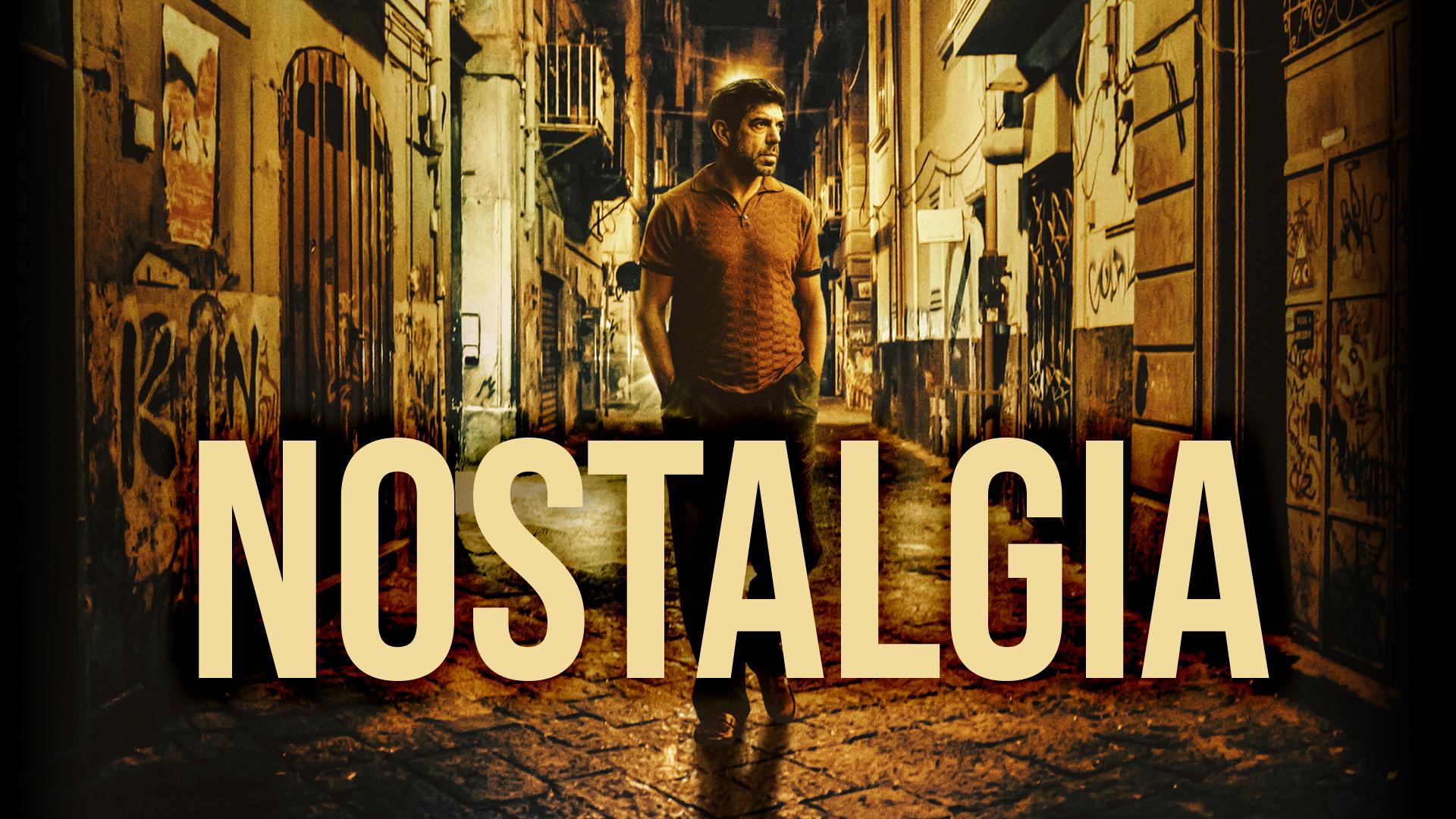
Unlocking Memories Through Sensory Experiences
Sensory experiences have a way of unlocking memories, transporting us back to a moment in time. Smells, in particular, are notorious for their ability to evoke powerful nostalgia. The smell of freshly cut grass might transport you back to summer days spent playing in the park as a child, while the scent of a loved one’s perfume might bring back memories of cozy nights spent together. Research suggests that this phenomenon is due to the brain’s unique ability to process smells in the limbic system, the same region responsible for emotion and memory.
| Sensory Trigger | Associated Emotion | Potential Memory Recall |
|---|---|---|
| The sound of a baby laughing | Nostalgia, joy | Moments of carefree happiness with loved ones |
| The smell of a specific coffee blend | Comfort, relaxation | Cozy mornings spent in a favorite café |
| The feel of sand between your toes | Freedom, adventure | Memories of beach vacations or outdoor escapades |

Creating a Safe Space for Catharsis and Release
Catharsis is the process of releasing, and purging, strong or repressed emotions, and it’s often a vital part of the healing journey. To facilitate this, we must create an environment that fosters comfort, safety, and trust – a space where we can let our guard down and permit ourselves to be vulnerable. This sanctuary can take many forms, depending on our individual needs and preferences.
For some, it may be a quiet corner in their home, surrounded by soothing colors, calming scents, and comforting objects. For others, it might be in nature – a secluded spot in the woods, a peaceful beach at sunset, or a serene mountain peak. Whatever the location, it’s essential to make it our own, to infuse it with personal significance and meaning. This can be achieved by incorporating personal mementos, meaningful symbols, or other items that evoke emotions and encourage introspection. Here are some ways to personalize your sanctuary:
| Sanctuary Element | Personal Significance |
|---|---|
| Photos or Mementos | Representing happy memories, loved ones, or significant life events |
| Calming Scents or Colors | Eliciting emotions, memories, or sensations that promote relaxation |
| Comforting Objects | Bringing a sense of security, familiarity, or solace |
| Personal Symbols or Talismans | Holding metaphysical or emotional significance, facilitating catharsis and introspection |
- Lighting: Using soft, gentle light to create a warm and cozy ambiance.
- Textures: Incorporating soft, calming textures like fabrics, rugs, or pillows.
- Music**: Playing soothing music that promotes relaxation and introspection.
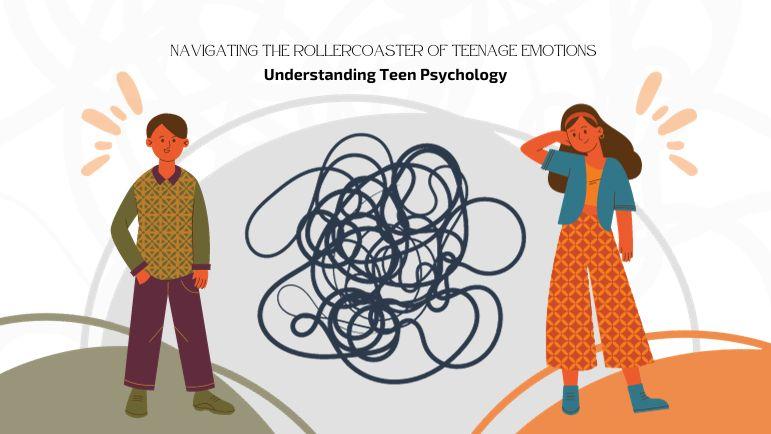
Navigating the Turbulent Landscape of Emotions
As we wander through life, we often find ourselves lost in the maze of our emotions. It’s as if we’re walking through a stormy night, the darkness threatening to consume us at every turn. But even in the midst of turbulence, there’s a glimmer of hope – a light that guides us forward, a gentle breeze that soothes our souls. And it’s in these moments of respite that we’re able to reconnect with ourselves, to rediscover the fragments of our heart that have been shattered by the trials of life.
Perhaps the most significant challenge we face is in reconciling our past with our present. The ghosts of yesterday continue to haunt us, their whispers a constant reminder of what we’ve lost. But it’s precisely this nostalgia that can serve as a catalyst for growth, a poignant reminder of the transience of life and the importance of living in the present. As we navigate this complex emotional landscape, we may find it helpful to keep the following insights in mind:
- Allow yourself to feel the weight of your emotions – don’t be afraid to confront the pain and the sorrow that have been lingering within you.
- Practice self-compassion – treat yourself with the same kindness and understanding that you would offer to a friend.
- Focus on the present moment – rather than dwelling on the past or worrying about the future, cultivate mindfulness and presence.
| Emotional State | Corresponding Action |
|---|---|
| Overwhelmed | Take a step back, breathe deeply, and allow yourself to process your emotions |
| Anxious | Focus on the present moment, letting go of worries about the future or regrets about the past |
| Sad | Allow yourself to feel the pain, but also acknowledge the lessons and growth that have emerged from the experience |

Finding Solace in the Familiar and the Unknown
In the realm of remembrance, we often find ourselves ensnared in a delicate dance between the comforting familiarity of the past and the enigmatic allure of the unknown. This push-and-pull dynamic serves as a catalyst for introspection, inspiring us to reflect on the trajectory of our lives and the experiences that have shaped us.
- Sanctuaries of Solace: In times of turmoil, our minds frequently wander to places that bring us peace and tranquility. These sanctuaries can take many forms, from the >
Nature’s Refuge A serene forest, a secluded beach, or a mountain range Creative Havens An art studio, a musical instrument, or a manuscript to the security of cherished memories, reminding us of the beauty that still exists in our lives.
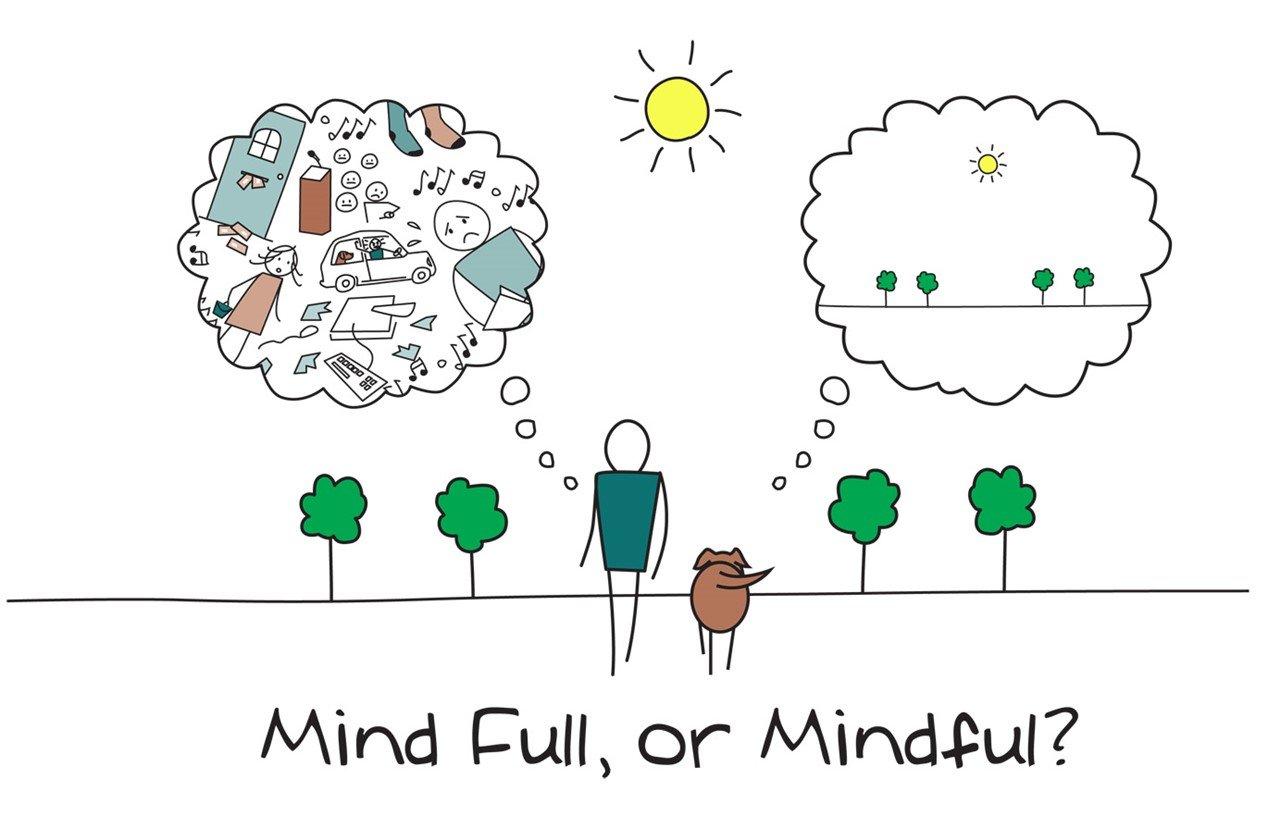
Cultivating Resilience Through Mindfulness and Self Compassion
As we wander through the labyrinth of our memories, we often stumble upon moments that have defined us. The memories of loved ones, the triumphs, and the defeats – all have contributed to the intricate tapestry that is our life. But when the memories of loss and longing resurface, how do we cope with the overwhelming emotions that threaten to engulf us? The answer lies in cultivating a profound sense of resilience, one that is rooted in the practices of mindfulness and self-compassion.
In the midst of chaos, mindfulness reminds us to breathe, to pause, and to observe our thoughts without judgment. It is in these moments of stillness that we can reconnect with our inner selves and find solace in the present. Self-compassion, on the other hand, encourages us to treat ourselves with kindness and understanding, just as we would a dear friend. By embracing these practices, we can begin to:
- Recognize our emotions without becoming overwhelmed by them
- Develop a sense of curiosity and openness towards our experiences
- Cultivate a sense of inner peace and calm
| Mindfulness Practices | Self-Compassion Exercises |
|---|---|
| Deep breathing exercises | Writing oneself a kind letter |
| Guided meditation | Practicing self-kindness affirmations |
By weaving these threads of mindfulness and self-compassion into the fabric of our daily lives, we can begin to navigate the complexities of our emotions with greater ease and understanding. As we learn to be gentle with ourselves and present in the moment, we can begin to transform our experiences of loss and longing into opportunities for growth, healing, and transformation.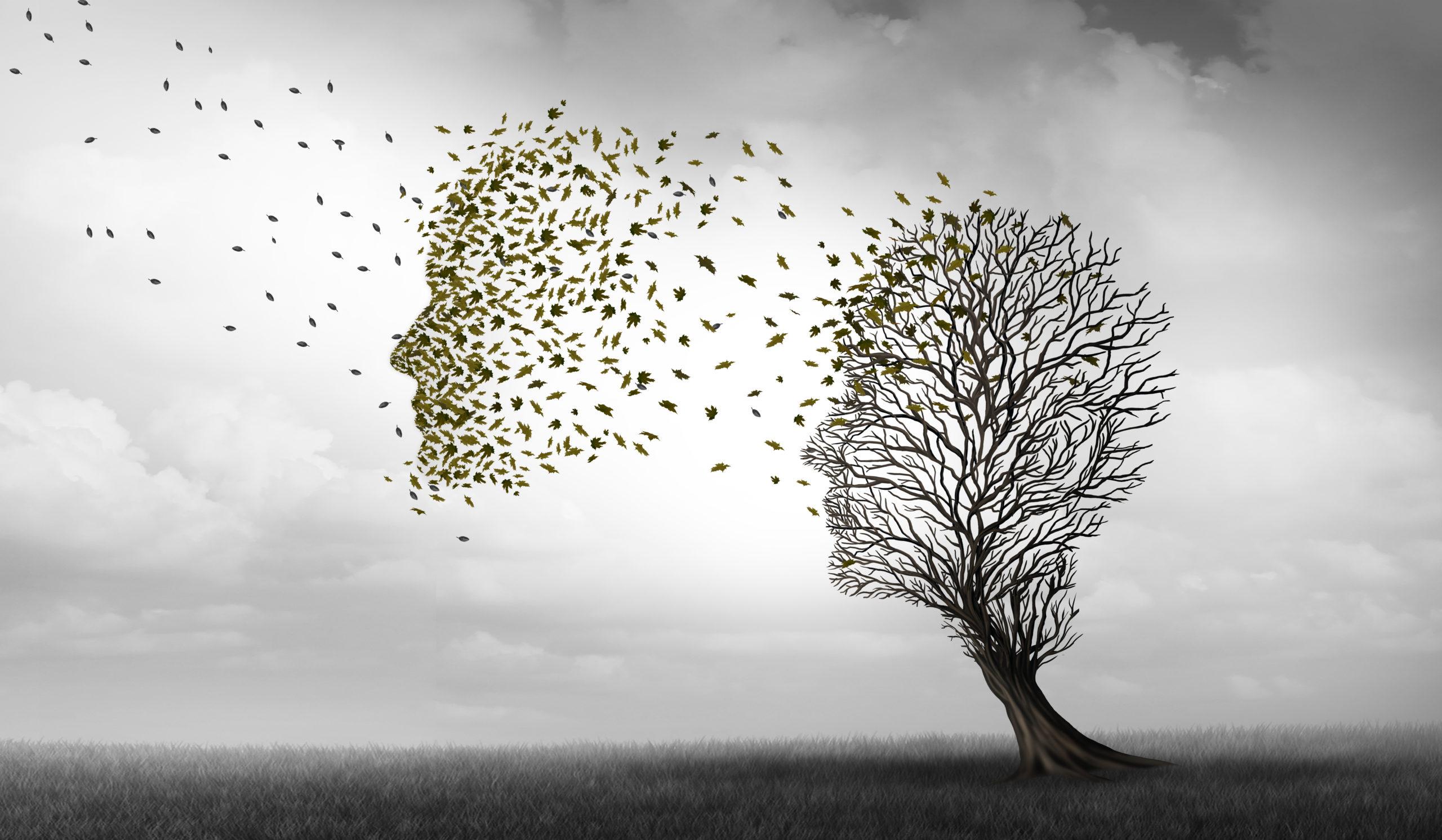
Exploring the Interconnectedness of Memories and Identity
As we navigate the labyrinthine corridors of our minds, the intricacies of human experience weave a tapestry rich in both texture and narrative. Memories, the very fabric of our existence, are inextricably linked to our sense of self – an enduring testament to the symbiotic relationship between the past and our present identity. The nostalgia-tinged reminiscences that haunt the fringes of our consciousness serve as a poignant reminder of love, loss, and the ephemeral nature of life. A gentle breeze stirs, and the faint whispers of yesterday’s joys and sorrows merge with the present, gently nudging us toward a deeper understanding of our existence.
In this fragile dance between memory and identity, the notion of a fixed self begins to blur. As our experiences, both bitter and sweet, shape and reshape our understanding of the world and our place within it, our essence evolves – an ethereal fusion of past, present, and promise. The fragmentation of memories, like the shards of a broken mirror, reflects the complexity of the human experience. In this fractured landscape, we search for the broken pieces, seeking to reassemble the scattered fragments of our identity. What do these memories reveal about us?
-
Aspect of Memory Reflection on Identity cherished moments we value love and connection regret and sorrow we have endured resilience childhood wonder we possess a sense of curiosity
The fragile, flickering shadows of dusk fade with time, taking with them the relics of a bygone era. And yet, in the depths of our hearts, the echoes of these memories continue to whisper our name, reminding us that the fragments of our past are, in truth, the foundation upon which our present identity is crafted – a testament to the resilient and ever-changing tapestry of the human experience.

Healing Through Creative Expression and Storytelling
For individuals navigating the complexities of loss and nostalgia, creative expression and storytelling can serve as powerful catalysts for healing. Through various art forms, such as writing, painting, or photography, we can distill our emotions, unpack our experiences, and find solace in the creative process.
| Benefits of Creative Expression | Effects on the Healing Process |
|---|---|
| Emotional Release | Facilitates a safe and constructive outlet for processing emotions |
| Encourages introspection, allowing individuals to confront and understand their feelings | |
| Empowerment through Storytelling | Provides an opportunity to reframe experiences, reclaim narratives, and rebuild a sense of identity |
- Through creative expression, we can find ways to honor our losses, preserving memories while allowing ourselves to move forward.
- The stories we tell – whether through words, images, or other art forms – can become testaments to our resilience, serving as reminders that we have the strength to persevere.
- As we weave our experiences into narratives, we can transform the fragments of our lives into something new, revitalized, and profoundly meaningful.
- In this way, creative expression and storytelling can serve as bridges between our past and present, fostering a deeper understanding of ourselves and our place in the world.
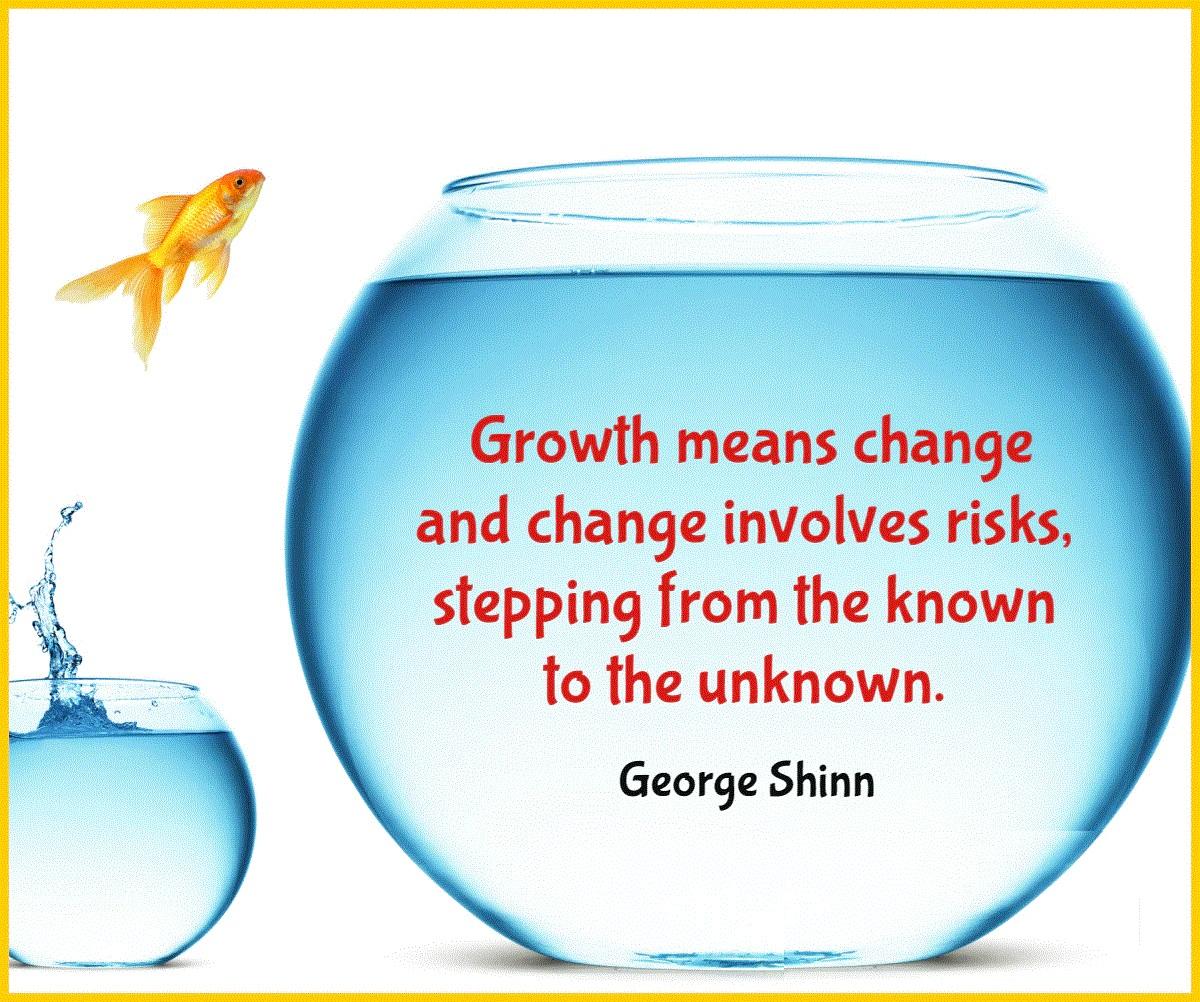
Embracing the Impermanence of Life and Moving Forward
As we navigate the ebbs and flows of life, it’s essential to recognize the beauty in the ephemeral moments. These moments, though brief, shape our stories and inform our sense of self. By acknowledging and honoring the transient nature of life, we can begin to release attachment to specific outcomes and instead, focus on the present. This mindset allows us to cultivate a deeper appreciation for the time we have and the experiences we share with others.
| Reflection Points | |
| • What are some experiences or relationships in your life that have been impacted by impermanence? | |
| • How do you cope with the emotions that arise from the fleeting nature of life? | |
| • What self-care practices can you incorporate into your daily life to promote a deeper connection to the present moment? |
- Practicing mindfulness and meditation
- Engaging in creative expression (writing, art, music, etc.)
- Taking time to connect with nature
- Cultivating a growth mindset and embracing new experiences
In Conclusion
As the last whispers of dusk fade into the night, we are left with the memories of what has been, the weight of what has been lost, and the promise of what is yet to come. Duskfade, a poignant and introspective journey, reminds us that life is a delicate dance between light and darkness, between nostalgia and progress. It is a dance that requires us to hold onto the past, yet let go of its shadows, to cherish the memories, yet not be defined by them. As we close this chapter on Duskfade, we are left with the knowledge that moving forward is not about erasing the past, but about crafting a new present, one that is informed by the wisdom of our experiences and the courage to face the unknown. And so, as the stars begin to twinkle in the night sky, we take our first step into the future, carrying with us the essence of Duskfade – a gentle reminder that even in the darkest moments, there is always a glimmer of hope, and a new dawn waiting to unfold.











